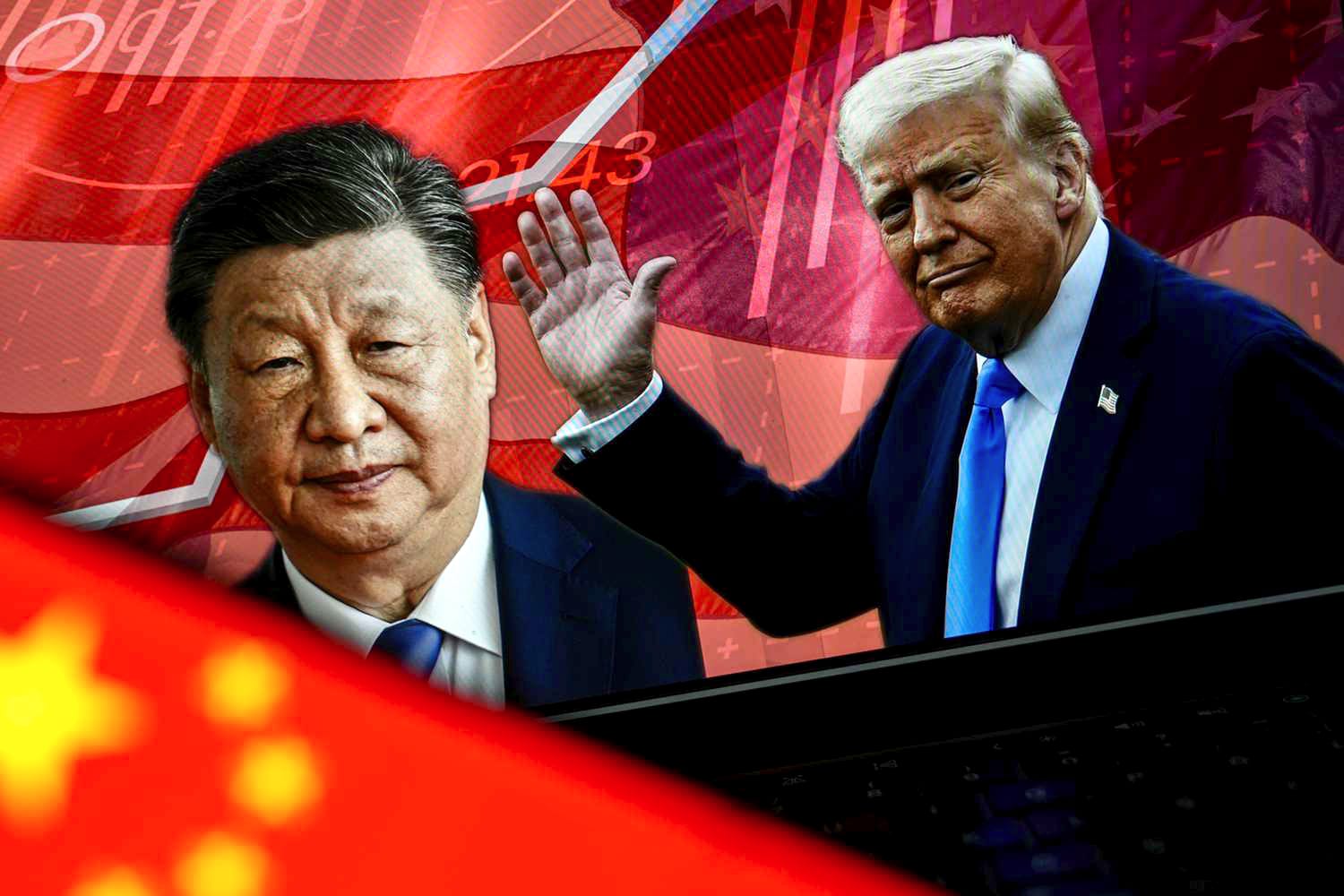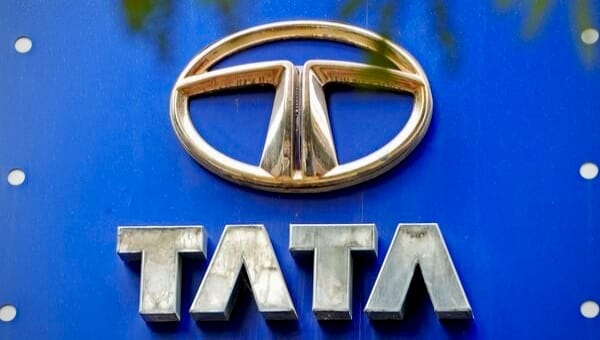
Global Central Banks Battle Sticky Inflation, Reshaping Markets and Testing Economies
For over two years, the world’s leading central banks have aggressively confronted persistent inflation, an economic challenge unseen in decades. From Washington D.C. to Frankfurt and London, policymakers swiftly pivoted from ultra-loose monetary stances to restrictive policies, hiking interest rates sharply and initiating quantitative tightening. This concerted effort to restore price stability has profoundly reshaped global financial markets and challenged economic resilience.
The surge in inflation originated from a complex interplay of pandemic-induced supply chain disruptions, robust fiscal stimulus fueling demand, and the war in Ukraine, which triggered a massive energy shock and commodity price spikes. Initially deemed “transitory,” inflation’s entrenched nature — driven by strong labor markets, persistent wage growth, and sticky services prices — prompted a dramatic policy shift across major economies.
While global inflationary pressures were shared, central bank responses and their economic consequences have varied. In the **United States**, the Federal Reserve executed one of its most aggressive tightening cycles, elevating the federal funds rate from near zero to over 5%. Despite this, the U.S. labor market has remained remarkably resilient, underpinning economic activity as the Fed pursues a “soft landing” — cooling “sticky” core services inflation without triggering a sharp recession. The **European Central Bank (ECB)** faced compounded challenges from the energy crisis, pushing Eurozone inflation to record highs while dampening growth. The ECB navigated both inflation and fragmentation risks within the bloc, delivering substantial rate hikes amid muted regional growth. The **Bank of England (BoE)** contended with elevated and persistent UK inflation, exacerbated by post-Brexit trade dynamics and a tight labor market, leading to aggressive rate increases despite economic slowdown. A notable outlier, the **Bank of Japan (BoJ)** maintained an ultra-loose monetary policy for years. While Japan’s inflation finally surpassed 2%, the BoJ remains cautious, taking gradual steps away from yield curve control, distinct from its Western counterparts.
Market Implications
The dramatic policy shift has rewritten market dynamics across asset classes. In equities, higher discount rates diminished the appeal of growth stocks, fostering a preference for value companies with strong balance sheets and pricing power. Sector rotation has become key, with defensive sectors showing relative resilience. The **bond market** saw significant capital losses as yields rose across the curve, with the inverted yield curve – a historical recession signal – persisting. Short-term government debt now offers compelling yields. **Currency markets** experienced volatility; the U.S. Dollar initially surged on aggressive Fed tightening, impacting dollar-denominated imports, though some strength has moderated as other central banks raised rates. The **real estate sector** faces headwinds from higher mortgage rates, impacting housing affordability and commercial property valuations, raising concerns about potential loan defaults.
Why It Matters
This global fight against inflation directly impacts financial well-being. Persistent inflation erodes purchasing power for households, making necessities costlier and diminishing savings value. Higher interest rates translate into expensive mortgages and loans. For businesses, elevated borrowing costs can stifle investment and expansion, affecting job creation and profitability. Central banks are treading a fine line: crushing inflation without triggering a severe recession. Their decisions will shape the global economy for years, determining a “soft landing” or a more painful contraction.
The path ahead remains complex, with central banks heavily data-dependent, scrutinizing every release on inflation, employment, and economic activity. The risk of policy error — hiking too aggressively or pausing prematurely — is ever-present. Geopolitical tensions continue to pose supply-side risks, particularly for energy and critical commodities. The interplay between monetary and fiscal policy is also crucial, as sustained government spending can exacerbate inflationary pressures. Furthermore, structural shifts like deglobalization and the energy transition could introduce new inflationary dynamics. Navigating this period of uncertainty demands vigilance and adaptability from policymakers, investors, businesses, and consumers alike.







